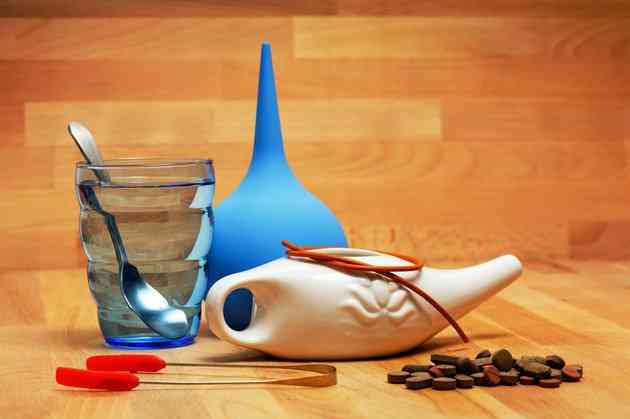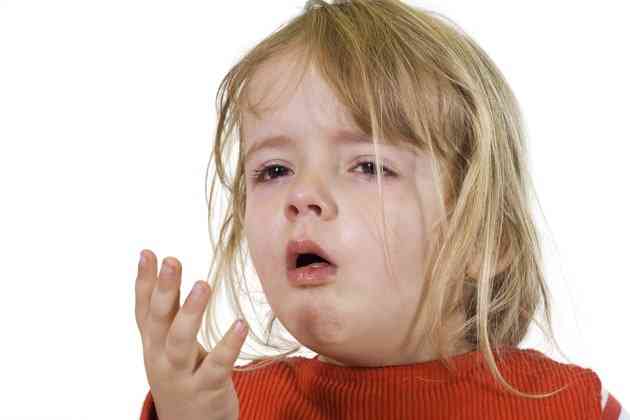Congestive Heart Failure Symptoms in Women

With congestive heart failure -- commonly referred to as simply heart failure -- your heart cannot adequately pump blood throughout your body. More than 2.5 million women in the United States have heart failure, according to 2015 American Heart Association statistics. In early-stage heart failure, you may not notice symptoms. But as the disease progresses, symptom become more noticeable and progressively worsen. Heart failure symptoms are generally the same in women and men. But women tend to experience more symptoms, due in part to differences in the types of heart failure most commonly experienced by women and men.
Types of Heart Failure
Women are more likely than men to develop diastolic heart failure, which results from a stiffened heart muscle (ref 2). Diastolic heart failure occurs because the heart is unable to relax properly between beats (ref 2). The stiff heart cannot fill with enough blood to pump throughout your body (ref 2). The other type of heart failure, systolic heart failure, occurs more frequently in men. Systolic heart failure occurs when the weakened heart muscle cannot contract forcefully enough for proper blood flow (ref 2).
Exercise Intolerance
The most common symptom of heart failure is shortness of breath and fatigue with physical exertion and exercise. When your heart can't deliver enough oxygen-rich blood to your muscles, you tire easily. Women report more shortness of breath during exercise than men, which may be a result of diastolic heart failure (ref 2 & 6). In the beginning, you may notice exercise is more difficult. You may feel tired after doing an activity like climbing the stairs (ref 3). Over time, things that used to be easy, like getting dressed or walking across the room, will leave you tired and short of breath (ref 3). Eventually, you may even notice these symptoms while you are resting (ref 5).
Fluid Buildup in Body Tissues
When your heart cannot pump blood effectively, blood begins to back up in your blood vessels. Fluid from this backed up blood may accumulate in your body tissues. Many people find out they have heart failure after they notice swelling in their feet, ankles, legs or abdomen (ref 4 & 3). Women are more likely than men to have swelling in their ankles and other extremities as a result of heart failure (ref 6). This swelling may lead to weight gain, and you may notice that you need to urinate more often (ref 3).
Fluid Buildup in the Lungs
Over time, fluid may also accumulate in your lungs. This can make it harder to breathe, and you may find it difficult to catch your breath (ref 6). This shortness of breath can be more severe in women than in men (ref 6). Breathing is usually especially difficult when you are lying down (ref 1). Eventually, this fluid buildup in your lungs can lead to a cough that worsens when you lie down (ref 1).
When to Seek Medical Attention
Women who have heart failure should work closely with their doctor to manage the disease. In some cases, heart failure that seemed to be under control can quickly get worse (ref 7). This can happen when you go off your diet and have too much salt or don't take your medications as directed. Contact your doctor immediately if your symptoms suddenly get worse, such as: (ref 7) - sudden increase in shortness of breath and fatigue - worsening of cough - new swelling in extremities - swelling of the veins in the neck




